
How’s Your April Sailing Shaping Up?
How is your April sailing looking? We’ve been seeing lots of activity on the Bay over the recent weeks; the colorful spinnakers and smiling faces are good signs for the coming summer. We loved these photos sent in by George Scott of s/v Freyja.
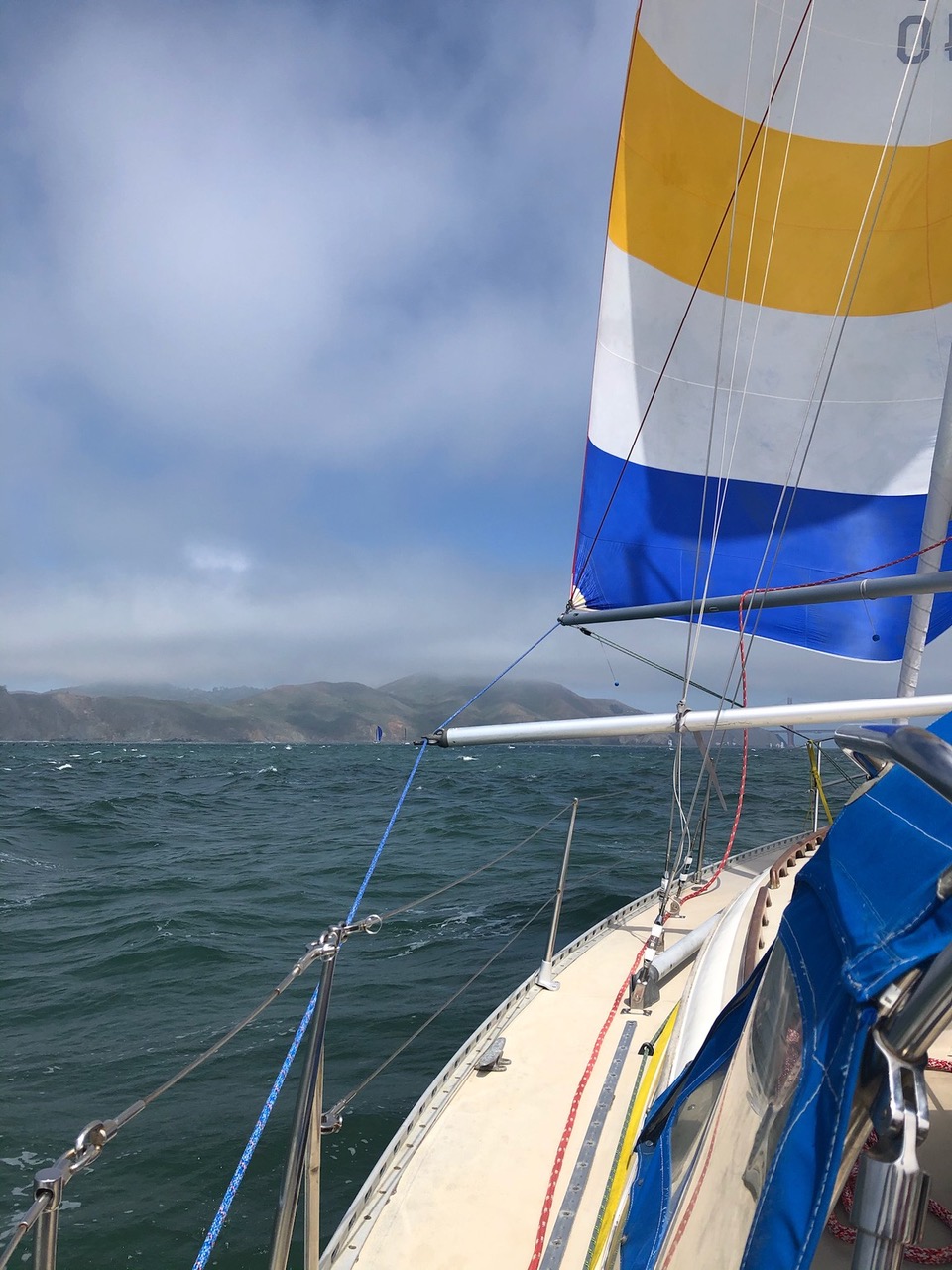
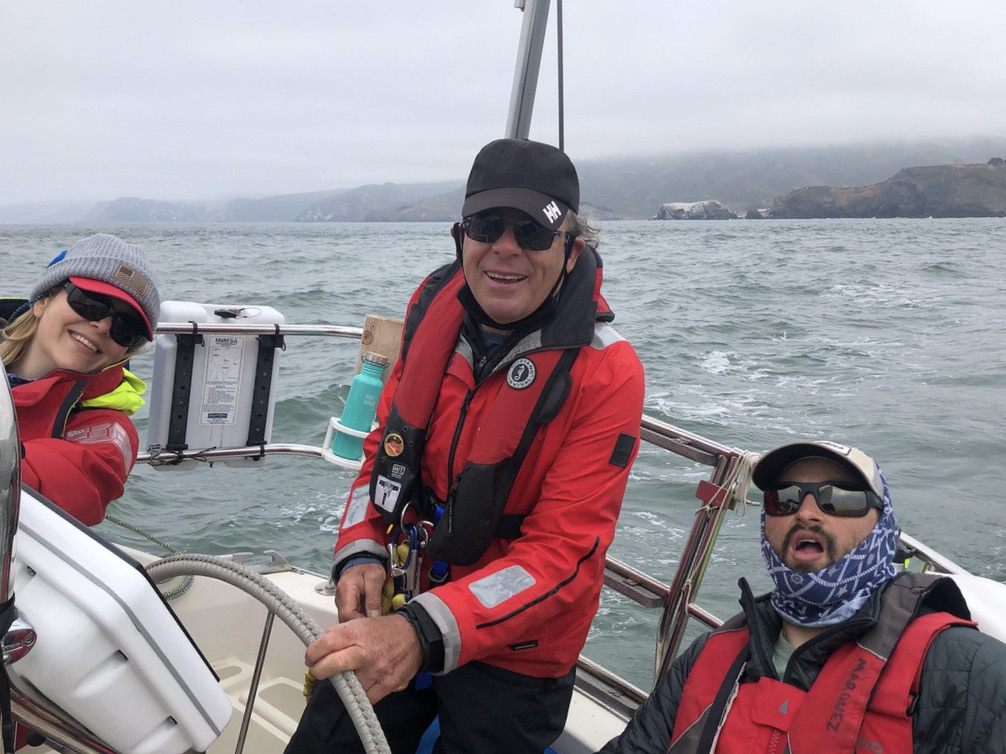
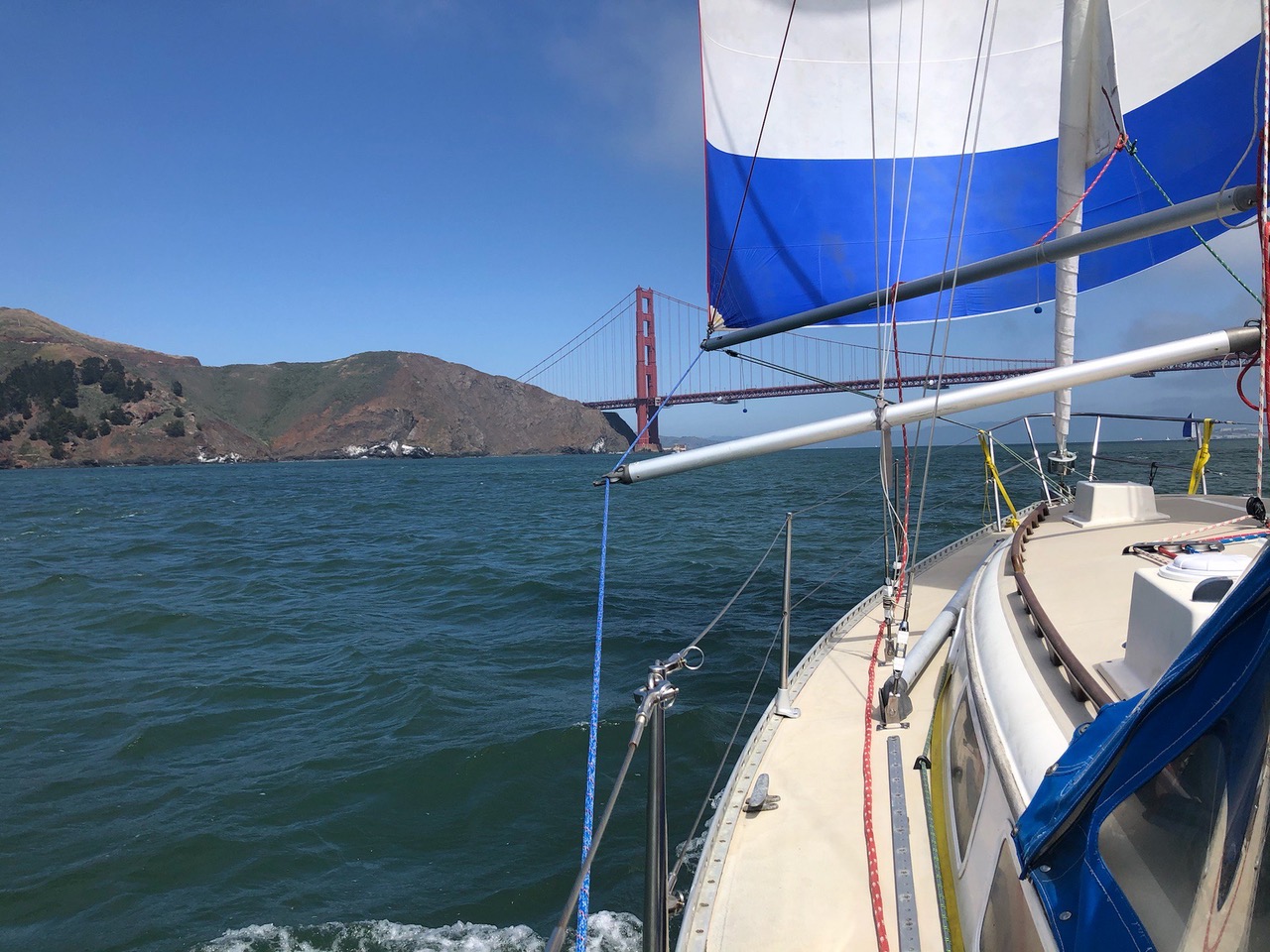
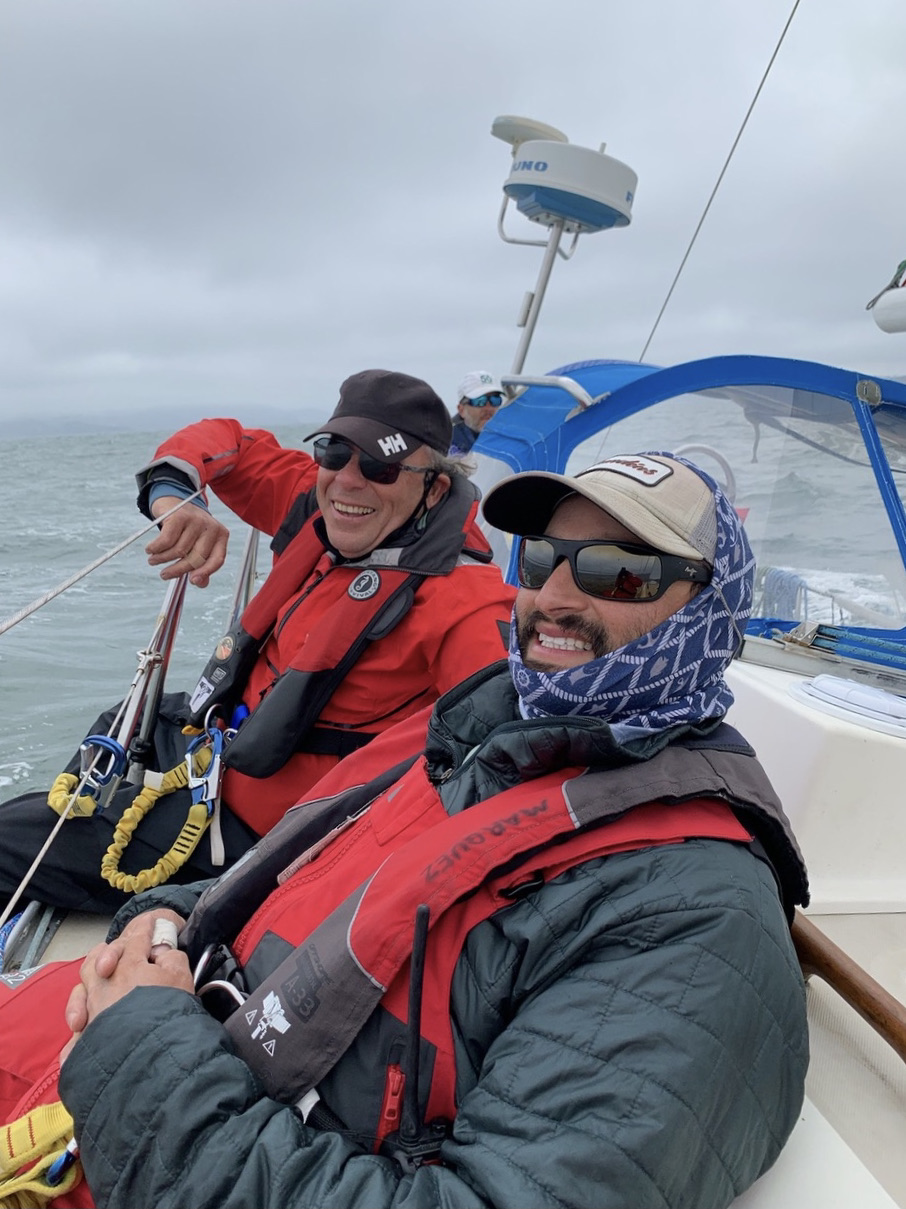
Have you been out sailing, and taking photos while you’re at it? Send your happy-snaps to [email protected] for next month’s Sailagram, or even a sneaky ‘Lectronic post like this one.
Biden Administration Protects Endangered Pacific Humpback Whales’ Habitat
Spotting a flock of wild turkeys crossing a road or seeing a bald eagle fly overhead in Marin is still a source of wonder, but as sightings increase the thrill does subside. Could it soon be the same with humpback whales? It’s hard to imagine because we still leap to catch a glimpse of any whale that surfaces, even as whale sightings become increasingly common. Readers are sending in more great photos and videos, and we seem to spot whales almost every time we head out.
It’s wonderful to have them back, and as we approach Earth Day on April 22 and World Oceans Day on June 8, we have more good news for whales, and sailors who share their ocean. We received the following story from Turtle Island Restoration Network in Olema, CA:
Biden Administration Protects Endangered Pacific Humpback Whale Habitat
Final Rule Designates 116,098 Square Nautical Miles as Critical Habitat
SAN FRANCISCO—The Biden administration issued a final rule today protecting 116,098 square nautical miles of the Pacific Ocean as critical habitat for three populations of endangered humpback whales. The rule could begin to help protect migrating whales from ship strikes, entanglement in fishing gear, and oil spills.
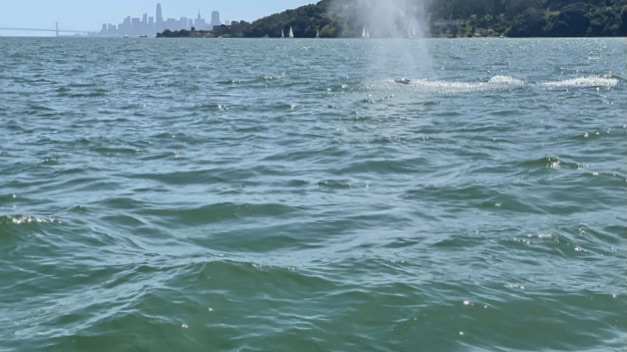
The action was prompted by a 2018 legal victory by the Center for Biological Diversity, Wishtoyo Foundation and Turtle Island Restoration Network. The groups had sued over the federal failure to designate critical habitat as required by the Endangered Species Act. The suit led the Trump administration to issue a proposed rule in 2019 and today’s final rule.
“Today is a good day for humpback whales and the ocean all living things depend on,” said Todd Steiner, executive director of Turtle Island Restoration Network. “Designating 116,000 square miles of critical habitat in the ocean is something to celebrate, but whales, turtles and dolphins still need additional protection from industrial fishing and ship strikes to recover and thrive, so we won’t be resting on our laurels.”
The biggest threats in humpback habitat are ships and fishing gear. The Center sued the federal government in January for failing to protect endangered whales from speeding ships using California ports. The organization is also co-sponsoring the California Whale Entanglement Prevention Act (Assembly Bill 534), which would require the state’s commercial Dungeness crab and other trap fisheries to convert to ropeless gear (also known as “on-demand” or “pop-up buoy” gear) by the end of 2025.
One population of endangered humpback whales that feeds off California’s coast contains fewer than 800 individuals, leaving them vulnerable to threats from humans. Today’s rule designates a total of 224,030 square nautical miles for the two endangered and one threatened populations, but overlapping habitat means 116,098 square nautical miles will be protected.
The rule designates 48,521 square nautical miles of critical habitat off the coast of California, Oregon and Washington for the humpback population that winters in Central America. The Mexico population got 116,098 square nautical miles in the North Pacific Ocean, including Bering Sea and Gulf of Alaska — regions that also made up the 59,411 square nautical miles listed for the Western North Pacific humpback population.
Randall von Wedel captured a whale surfacing a couple weeks ago off Point Conception.
“Pacific humpbacks finally got the habitat protections they’ve needed for so long. Now we need to better protect humpbacks from ship strikes and entanglement in fishing gear, their leading causes of death,” said Catherine Kilduff, an attorney with the Center. “To recover West Coast populations of these playful, majestic whales, we need mandatory ship speed limits and conversion of California’s deadly trap fisheries to ropeless gear.”
Critical habitat protection will help safeguard ocean areas essential for migrating and feeding. The designation will ensure that federally permitted activities do not destroy or harm important whale habitat. Evidence shows that endangered or threatened species that have protected critical habitat are twice as likely to be recovering as those without it. – END
Latitude 38 plans to celebrate the June 8 World Oceans Day during the entire month of June. We will be looking to highlight sailors, as in our recent story on Scott Chowning, and sailing organizations like Save Ocean Wildlife, featured in the April issue, who are helping restore ocean health. We want to hear more from sailors who are leading the way to more sustainable oceans. If you have suggestions, email us here.
Club Nautique ‘Get to Know Jeanneau’ Is on This Weekend!
The Pacific Sail and Power Boat Show may have been cancelled, but we’ve got you covered! Get to Know Jeanneau at Club Nautique in Alameda, CA. You’re invited to come and see some of Jeanneau’s best-selling models at this ‘by appointment only’ event. Appointments are available every hour on the hour from 10:00 a.m. to 5:00 p.m.
How Times Have Changed Since 4/20, 1988
Coincidentally, on 4/20 we were searching our archives when we came across a story in the June 1988 issue of Latitude 38, where founder and publisher Richard Spindler explained the dope trade as it existed then. Times have changed, but big cartels still run much of the ‘business.’ Though pot is now legal in California and many other states, the USCG is a federal agency, and while aboard your boat you do come under their jurisdiction. Keep it in mind.
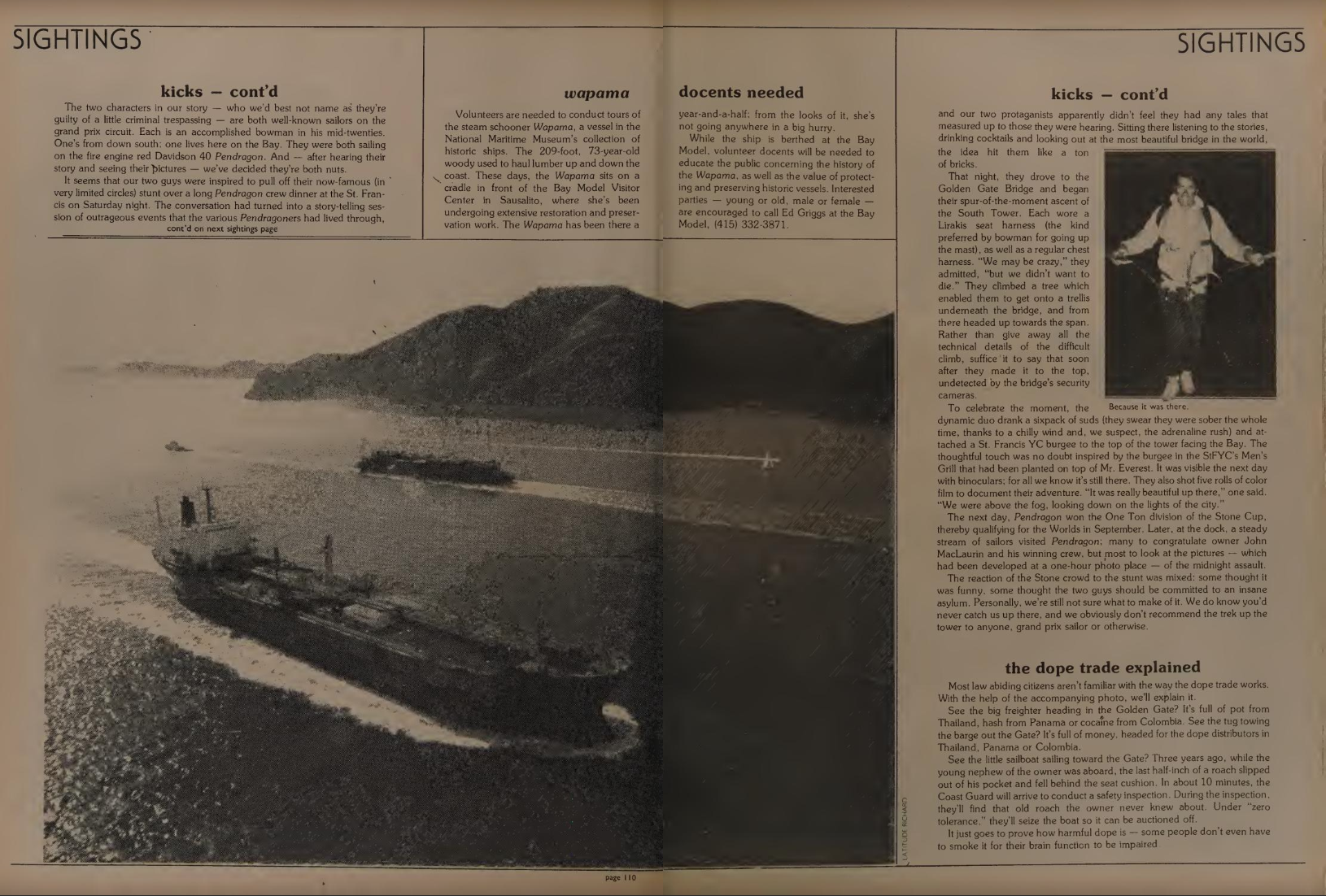
Explaining the photo above in June 1988:
“Most law-abiding citizens aren’t familiar with the way the dope trade works. With the help of the accompanying photo, we’ll explain it.
“See the big freighter heading in the Golden Gate? It’s full of pot from Thailand, hash from Panama or cocaine from Colombia. See the tug towing the barge out the Gate? It’s full of money, headed for the dope distributors in Thailand, Panama or Colombia.
“See the little sailboat sailing toward the Gate? Three years ago, while the young nephew of the owner was aboard, the last half-inch of a roach slipped out of his pocket and fell behind the seat cushion. In about 10 minutes, the Coast Guard will arrive to conduct a safety inspection. During the inspection, they’ll find that old roach the owner never knew about. Under “zero tolerance,” they’ll seize the boat so it can be auctioned off.
“It just goes to prove how harmful dope is — some people don t even have to smoke it for their brain function to be impaired.”
Maritime Tips for Earth Day
Tomorrow, April 22, will be the 51st Earth Day. With mariners in mind, the California Division of Boating and Waterways submitted these Earth Day tips:
Take a Boating Safety Course
Learn how you can protect the environment while boating, then apply for a California Boater Card. The fee for the lifetime card is $10. Learn more at CaliforniaBoaterCard.com.
Plan Ahead
• Check and follow state and local COVID-19 guidelines for outdoor recreation, such as wearing a face covering, avoiding crowds, and staying home if you are sick.
• File a float plan before each trip and share it with a family member or friend in the event of an emergency. Be sure to cancel the float plan when you return home.
• Check the latest weather forecast before you go out, and check regularly for changing conditions.
• Identify the nearest pollution prevention services near you. For participating sewage, dump stations and floating restrooms, download the free Pumpout Nav App.
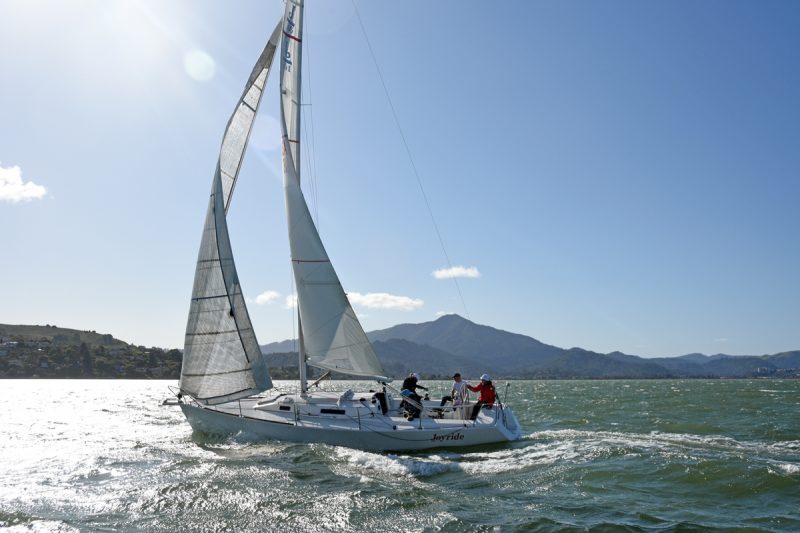
Carry the Right Equipment
Make sure you have the right safety equipment on board. Click here to download a free virtual safety check form or to schedule a vessel safety check. Also, carry oil absorbents on board and in your bilge to prevent oily discharges. To prevent fuel spills use fuel bibs. Dispose of them as hazardous waste at your county’s household hazardous waste collection center. For locations check your browser or visit earth911.com.
Get your free California Boater Kit with all of this clean and safe boating information by visiting Bit.ly/2021CABoaterKit and completing a two-minute questionnaire.
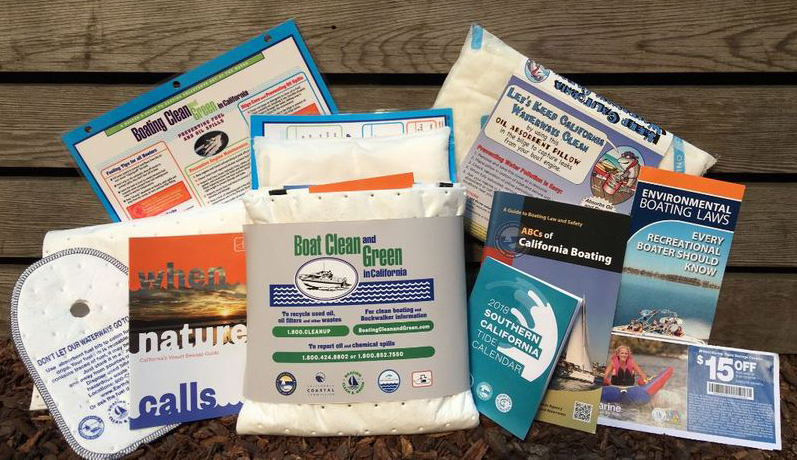
Keep It Clean
Dispose of trash properly. Pack your food and water using reusable items such as water bottles, coffee mugs, utensils, cups and plates. Avoid single-use disposable items such as straws and stirrers.
Wear a Lifejacket
The use of a lifejacket can greatly increase your chances of survival in an accident. Inspect PFDs before heading to the water to ensure they are in serviceable condition and that they fit properly. Lifejackets for adults don’t work for kids. Learn more at Boatcalifornia.com.
Check out DBW’s video here.
Our Own #1 Tip: Every Day Is Cleanup Day
California Coastal Cleanup Day is not until September, but there’s no law against picking up litter the other 364 days of the year. When we go out on our kayak, we never return empty-handed. Besides plastic bottles, common finds are bits of Styrofoam dock, Styrofoam bait containers, and snack bags. Most keelboats have freeboards too high to reach trash by hand, but a fishing net works. We also pick up litter around the marina that hasn’t reached the water yet.
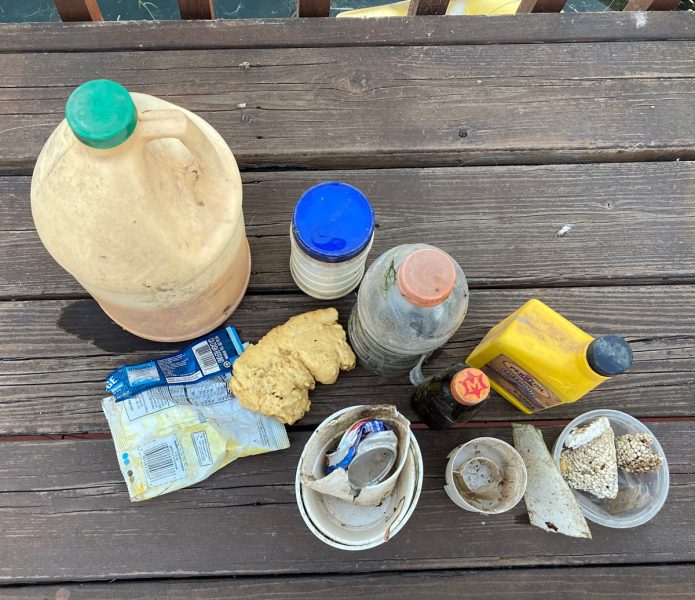
With 1,200 miles of coast, hundreds of navigable rivers, lakes and the Sacramento-San Joaquin Delta, recreational opportunities abound for California’s boating community. Lucky us!

